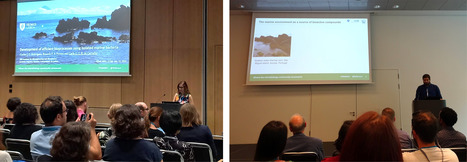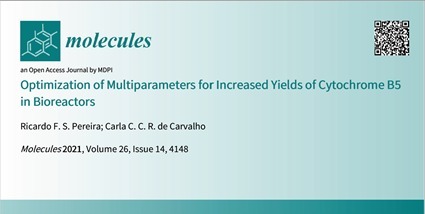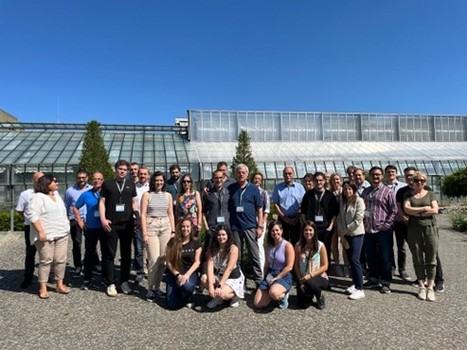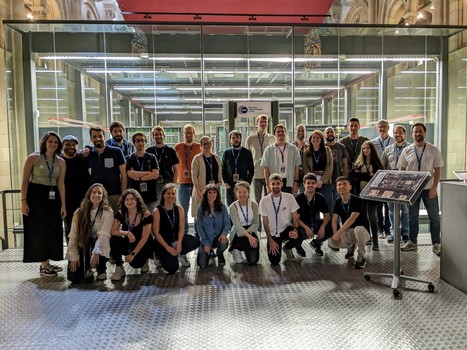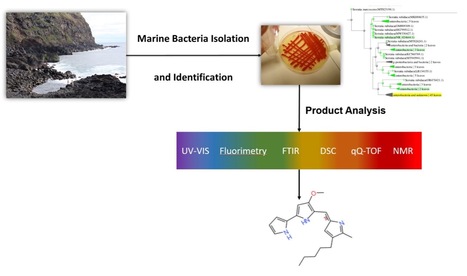
Microbial life present in the marine environment has to be able to adapt to rapidly changing and often extreme conditions. In a recently published paper, Ricardo F.S. Pereira and Carla C.C.R. de Carvalho form iBB and colleagues from CQE and ISEL, used genomic, lipidomic and biochemical approaches to characterise a Serratia rubidaea, isolated from a sample taken at a shallow water hydrothermal vent, and its red product. Several state-of-the-art techniques, such as DSC, FTIR, NMR, and Ultra-High Resolution Qq-Time-of-Flight mass spectrometry, were used to characterize the structure of the red pigment which was found to be prodigiosin.



 Your new post is loading...
Your new post is loading...

